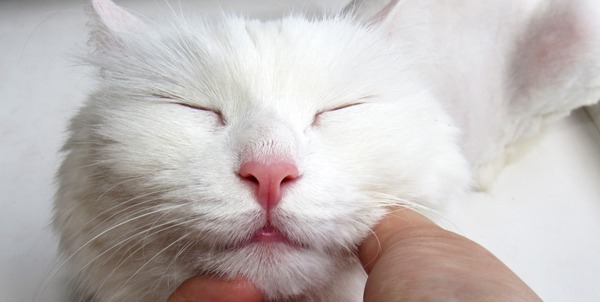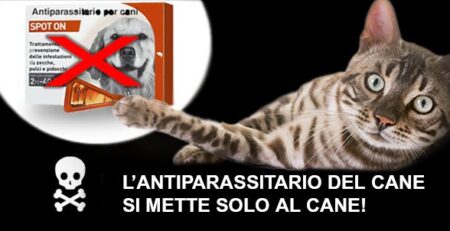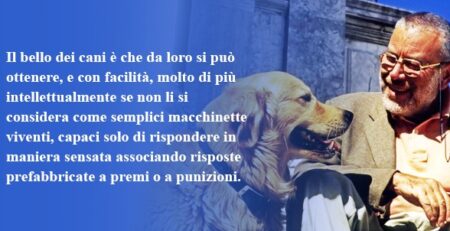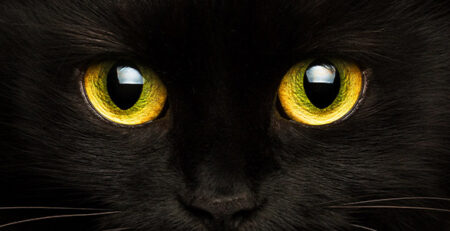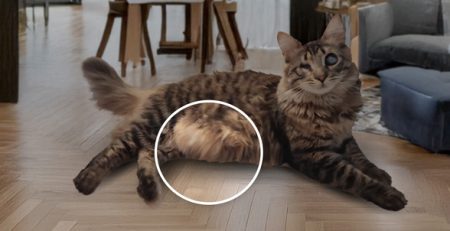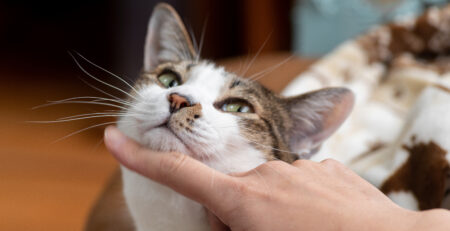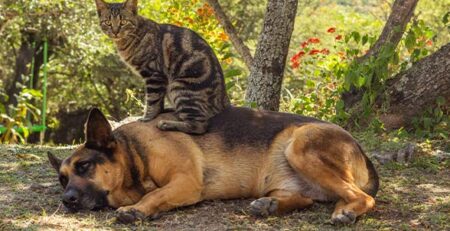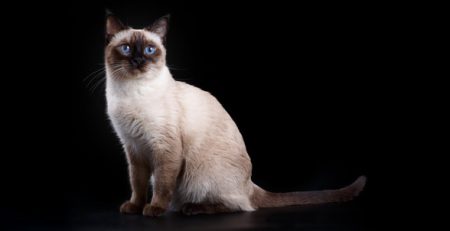What is a cat’s purr: the therapeutic powers of kitty’s “ron ron”
Small felines like the cat meow and purr, and big cats like lions and tigers, on the other hand, roar but do not purr: have you ever wondered why?
Well, big cats do not purr because their larynx is not as structurally and anatomically pre-purposed for this as that of cats.
The cat’s larynx
Cats are able to purr because of special connective tissue ‘pads’ in the larynx, which make the vocal cords oscillate at very low frequencies, generating that ron ron that so enchants us.
How do cats purr
mechanism does not necessarily require active contraction of muscles, but can occur automatically.
What the cat’s purr means
Trivially, we think that purring is a demonstration of affection of the cat toward its humans, but the reality is much more complex.
Purring is a complex socialization signal through which the cat communicates with other cats and humans to convey its emotional states:
-
-
- Happiness
- Anxiety
- Pain
- Fear
- Calming signals
- Demand for attention
It has been established that purring, throughout its entire frequency range, promotes improved bone mineral density in cats and generally their state of well-being and tranquility.
Purring also induces the cat into a kind of trance that relieves a condition of pain and suffering-that is why some cats purr when they are very sick or about to die.
The sound of cats’ purring is a calming mantra for humans as well
The vibrations emitted by cats can have a calming and therapeutic effect on humans because they induce our brains to release endorphins.
The uniqueness of endorphins lies in their ability to regulate mood.
During particularly stressful situations, our body releases endorphins to better withstand pain and act positively on our mood.
In conclusion, cat purring is a complex, mysterious and fascinating phenomenon that reveals how felines are capable of forging deep emotional connections from which beneficial effects on our bodies and minds descend.
To have your cat checked out or for a complete checkup, contact the veterinary doctors on our staff who are always available to you.
We would also like to remind you that Clinica La Veterinaria is always open h24 every day including holidays and with First Aid service from 8 pm to 8 am.
For the joy of seeing them HAPPY
-

